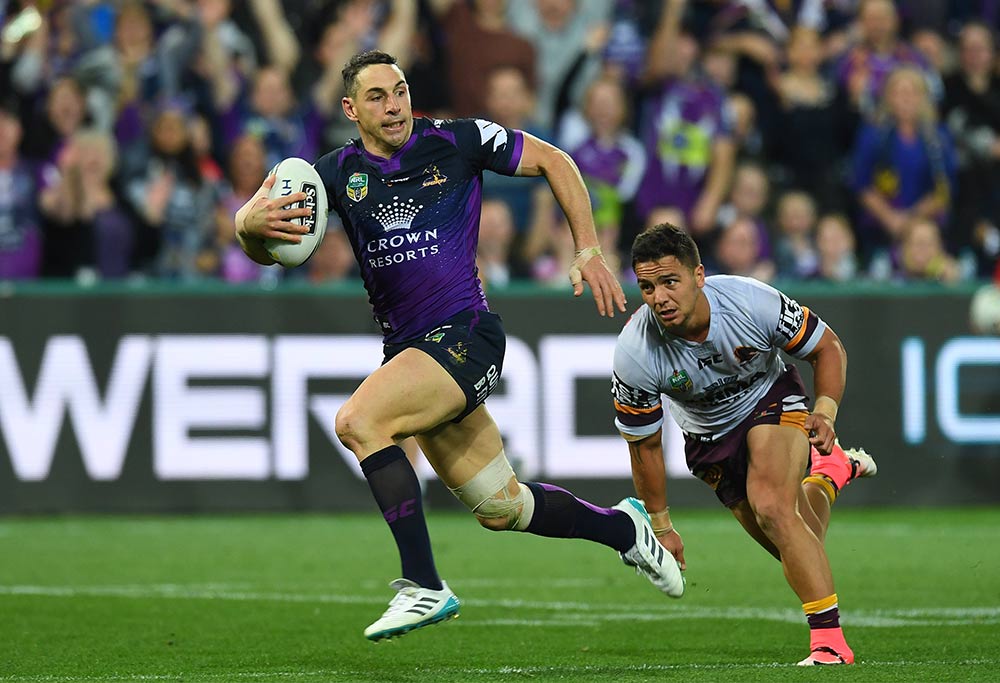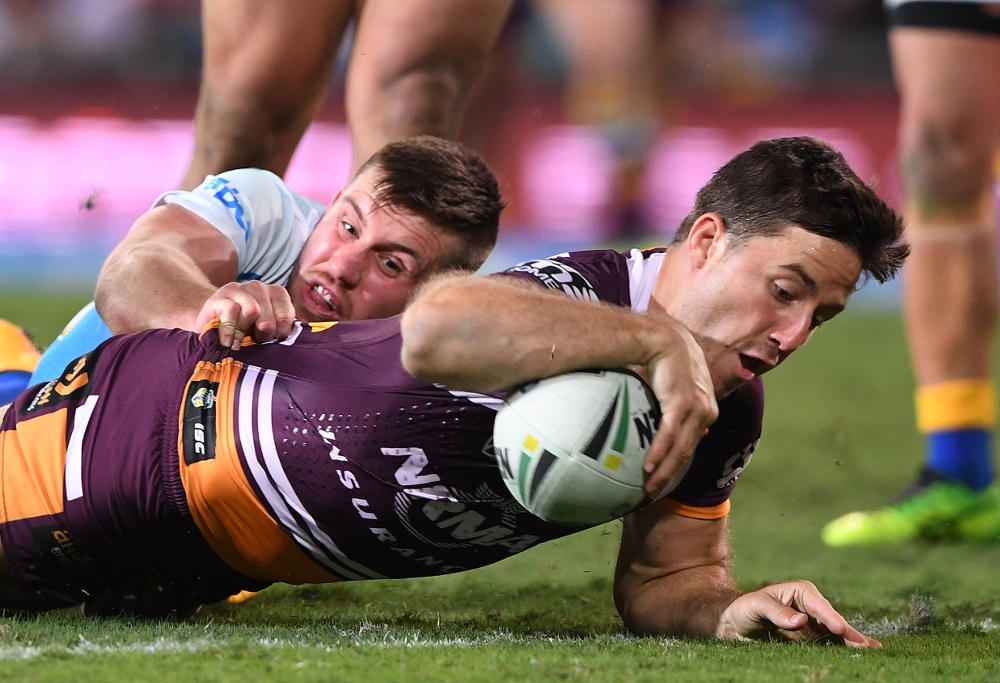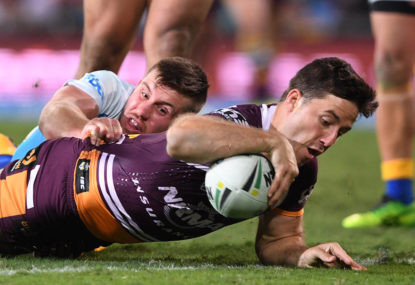Waxheads with years of salty repute reckon the quest for the perfect ride never ends. It’s why they keep suiting up, just like the thirsty and desperate hypnotised by the sign, ‘Free beer tomorrow’.
I reckon it’s a mantra Todd Greenberg should adopt. One-time boss David Gallop still loves a wave and for over a decade until 2012 guided the game to the perfect break.
But don’t take my word for it; Tim Sheens said as much back in 2005 after his Wests Tigers rocketed to an unexpected maiden title.
Asked by David Middleton if the Tigers had invented a new style or if it was a style recycled from the past, Sheens said, “Over a period of years the game has moved along in leaps and bounds. Even though the fundamental principles of skill, strength, speed has been there, this year I think there has been more of a swing towards skill versus the size and athleticism, which is interesting. The skilful player has been more successful this year than the big fast guy”.
It was definitely a unique season. The lightning ruck speed hasn’t been matched since, and for Sheens’ fresh-legged lightweights it proved the perfect storm.
Scotty Prince in tandem with Benji Marshall was uninhibited bliss, but just as vivid in my mind is the twig-like figure of Brett Hodgson blazing beyond the 300-point barrier.
It was fast, open footy, and if that’s your thing, then season 2005 is your benchmark.
That said, it wouldn’t be the first time nostalgia and embellishment has teamed to run rings around the facts. It’s a bit like the Benji flick – is Patty Richards really the scorer of the greatest ever grand final try?
[latest_videos_strip category=”league” name=”League”]
Bugged by curiosity I crunched some numbers for context. Based on average points scored per match since the introduction of the four-point try in 1983, I was surprised to find four distinct phases:
1983 to 1993
Average: 33.7 points per game
Lowest: 30.0 (1989)
Highest 38.7 (1983)
1994 to 2000
Average: 40.8 points per game
Lowest: 38.5 (1996)
Highest 42.2 (2000)
2001 to 2005
Average: 48.0 points per game
Lowest: 47.0 (2005)
Highest 48.9 (2001)
2006 to 2017
Average: 41.6 points per game
Lowest: 39.1 (2011)
Highest: 43.8 (2006)
Thoughts of rose-tinted glasses were smashed too; the Tigers’ breakout season rounded out a five-year period of unmatched flamboyance where matches averaged 48 points – almost two tries more per game than the periods on either side.
Just as significant is the minor deviation either side of each average, a sure sign each phase is a response to modifications aimed at widening the game’s appeal.

(AAP Image/Julian Smith)
It’s hardly a stretch to say ruck speed and match totals reflect the rules, on-field interpretation and coach cunning of the time. The variables are much like a tap, but what pressure is best?
Those on the levers obviously thought the points flowed way too freely for the likes of Prince and Marshall in 2005 and so the following season tightened the valve, resulting in one less try per match. Maybe it was an instruction for referees to slow the ruck that fuelled wrestle-mania. Whatever it was, in terms of average points per match little has changed in the 13 years since.
In itself this is hardly a problem. If anything, it confirms Sheens’s belief that the game was headed in the right direction and now over a decade later is within a lick of the finished product. And, to be honest, in the 13-a-side format, what’s left to tweak? It’s clear each facet crucial to aesthetics is now pretty well shaped.
Scrums and all their pre-90s muck – gone! Well not totally, but you know what I mean. They’re now slick and, although predictable, it’s not rugby league without them.
Ugly one-on-one possession contests – gone! No-one raked from marker better than Benny Elias and Ian Roberts. Everyone else conceded clumsy penalties and finished on the bench with ice on their nose.
Spoil and grind dogs of war – gone! Phil Blake’s 27 tries in 1983 haven’t been bettered since but just as remarkable are the 13 he scored in 1986 – no-one scored more. The negativity peaked in 1986 when only four grand final tries were scored across three seasons.

(AAP Image/Dave Hunt)
For all but the hardiest of die-hards it was a slog too much. As a consequence, defenders were rewarded for defusing in-goal bombs and by 1994 the 10-metre rule catered for a more open spectacle. More recently extra razzle has come from seven-tackle restarts and invisible corner posts.
Endless energy – gone! By the year 2000, with unlimited interchange, play hammered at full throttle until the 80th minute. Scores rocketed from 2001 with the introduction of limited interchange. Quick play-the-balls and fatigue was a finisher’s bonanza and 2003 remains the only season in premiership history where seven players have scored in excess of 20 tries.
If pressed to recall a downside from the Tigers blitzkrieg era, it would be the endless uninspiring rushes from dummy half which are now thankfully less apparent in today’s game.
Throw in the shoulder-charge ban and efforts to eliminate high tackles and I reckon the current on-field action is better than ever. Skills across the park are unmatched and the speed of the collisions never more brutal.
But is it the perfect wave?
David Gallop knows satisfying all the riders never comes. But it will be a step closer when Todd Greenberg’s refs blow wrestling out of the water.































































































